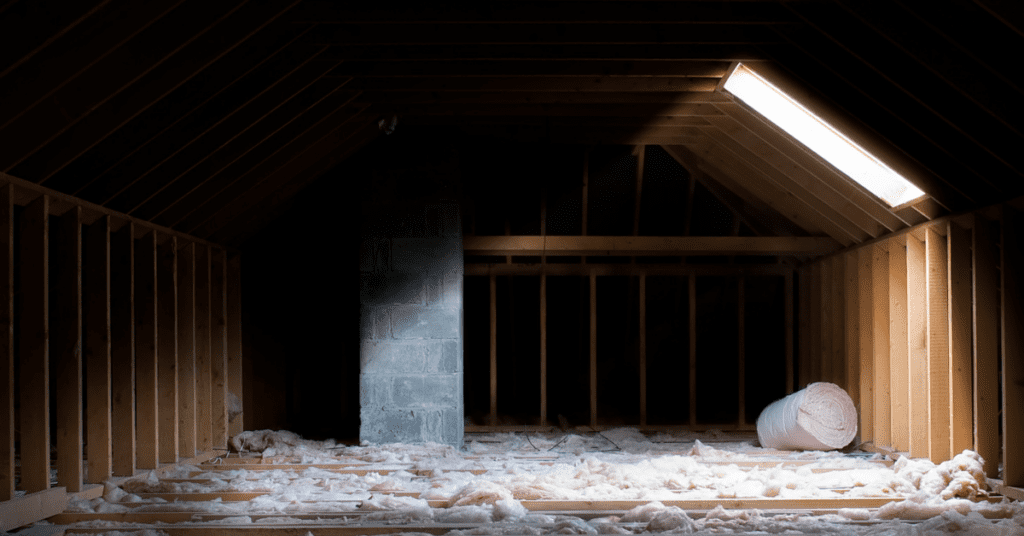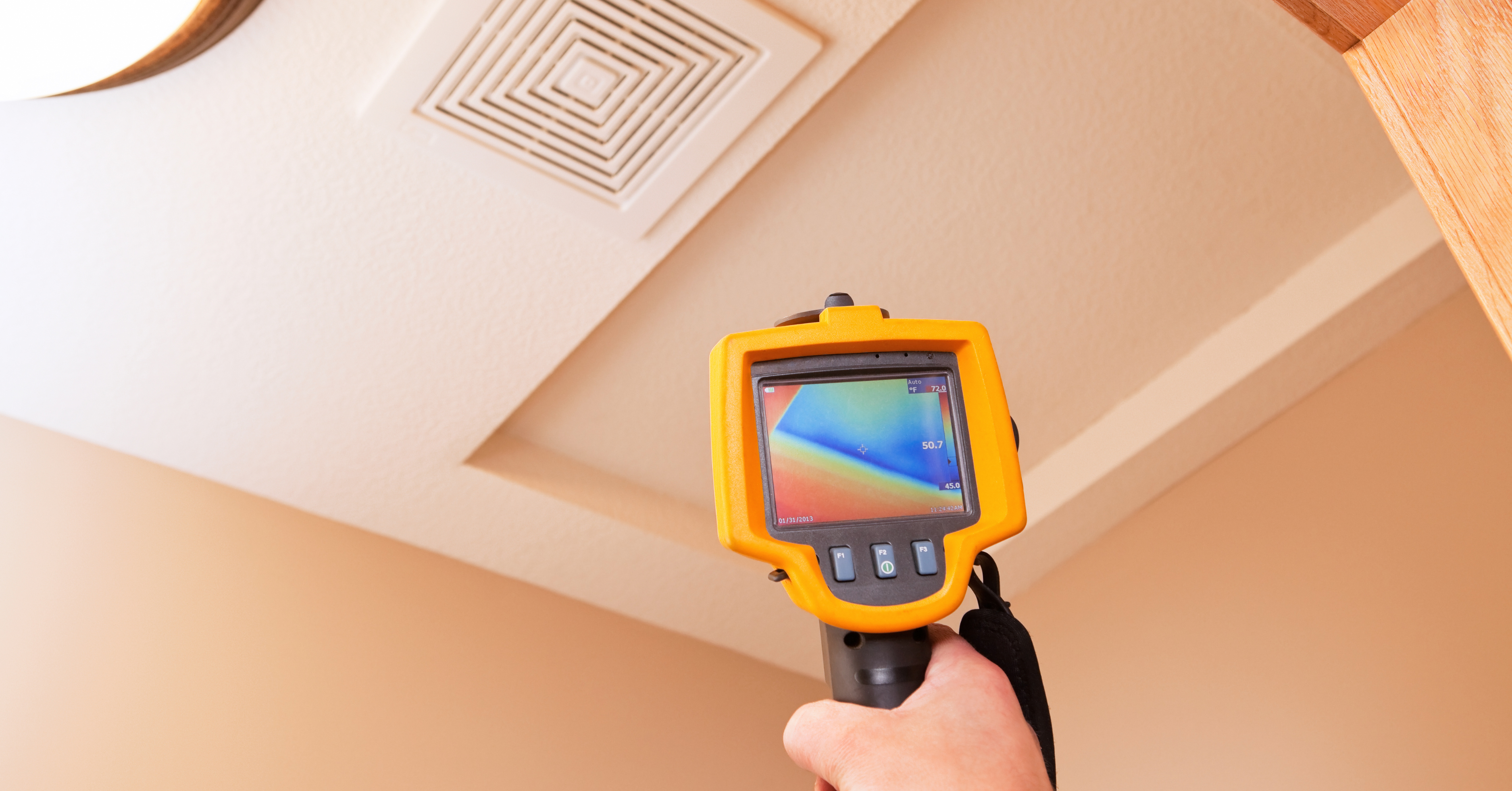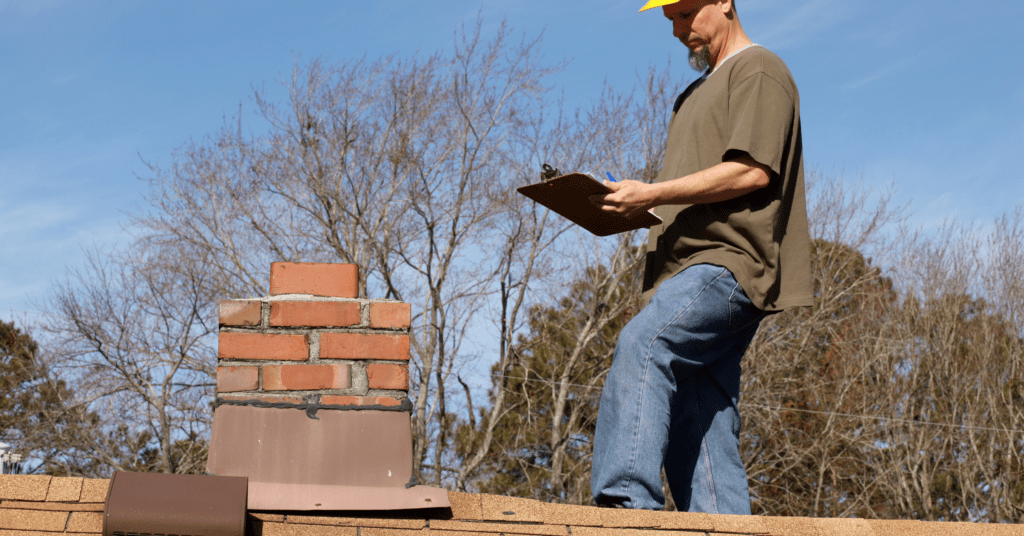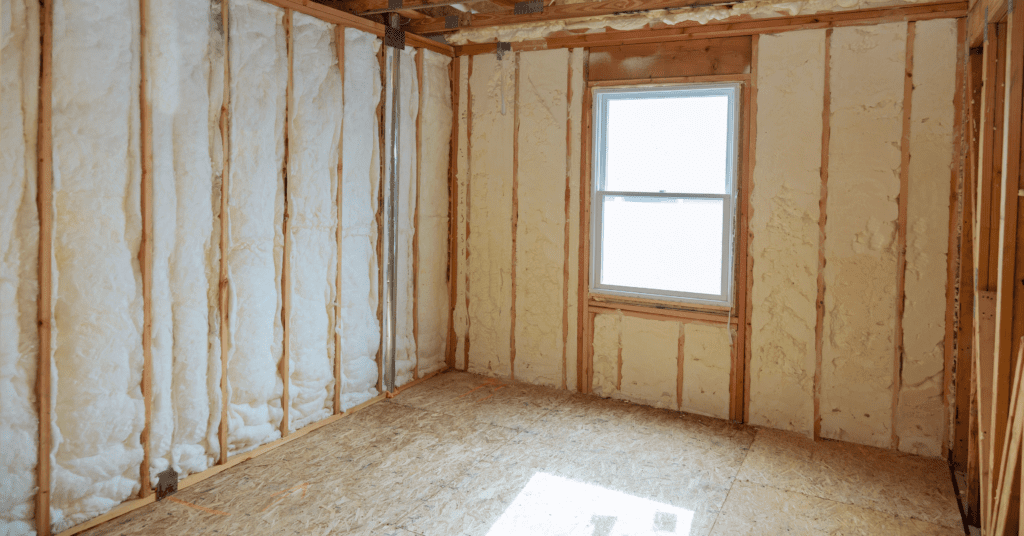How Does a Roofer Inspect the Attic for Signs of Moisture or Insulation Issues?


The attic, often an overlooked part of the house, plays a crucial role in maintaining the overall health of your home. It can be a harbinger of several issues, including moisture and insulation problems, which can lead to more significant damage if not addressed promptly. That’s where professional roofers come in to conduct comprehensive attic inspections. They are adept at detecting signs of potential problems, such as moisture accumulation and insulation deficiencies.
How Roofers Inspect the Attic
Equipment Used
Thermal cameras, or infrared cameras, offer roofers a significant advantage during attic inspections by allowing them to detect temperature variations that indicate various issues. They are particularly effective in identifying moisture problems, as areas affected by leaks will appear cooler on a thermal image. These cameras are also invaluable in locating air leaks, where escaping warm or cool air points to a need for better insulation or sealing, thus enhancing a home’s energy efficiency.


Furthermore, thermal imaging is adept at revealing gaps in insulation, a common issue in attics, by visually displaying temperature discrepancies. They can even assist in detecting pest infestations, indicated by heat clusters from nests within the attic insulation. Importantly, the use of thermal cameras increases safety and accessibility during inspections, as attics can often be challenging to navigate due to tight spaces and potential hazards.
This technology not only makes the diagnostic process more efficient but also provides clear visual evidence of issues, which is invaluable for explaining problems and recommended solutions to homeowners. Overall, the incorporation of thermal imaging in attic inspections significantly enhances the precision, safety, and efficiency of a roofer’s diagnostic capabilities.
Step-by-Step Attic Inspection Process
1. Initial Visual Inspection
Once inside the attic, the roofer will conduct a visual inspection without turning on any lights. This helps them identify any areas where daylight may be coming in, which could indicate possible leaks or holes.
2. Detailed Inspection
After the initial visual inspection, the roofer will turn on the flashlight and start a more detailed examination. They will look for the following:
- Ventilation: Checking the ventilation is a crucial part of the inspection. The roofer will look to see if vents are not blocked by insulation or other objects and inspect soffit, ridge, and gable vents for any obstructions. They will look for signs of mold, rusted nails, and condensation on the sheathing which is a strong layer of wood boards that are fixed to your roof’s joists and trusses and add support. During the detailed inspection of attic ventilation, roofers emphasize the significant Benefits of Proper Roof Ventilation, which not only affects attic conditions but also the overall health of the roof.
- Roof Structure: Roofers will carefully examine the rafters and trusses to ensure their structural integrity. They look for any signs of cracks, rot, or other forms of damage that could compromise the roof’s stability. While inspecting the attic, it’s also crucial to be aware of the various threats that can compromise a roof’s structural integrity. 12 Common Threats to Your Roof’s Structural Integrity detail these hazards, emphasizing the importance of regular attic inspections.


- Insulation: The roofer will also check the insulation in the attic. They will look for sufficient insulation depth and any spots where insulation might be missing. If the insulation is just level with or below the floor joists, this indicates that more insulation is needed. In evaluating the attic’s insulation, roofers can also suggest improvements. Learn more about these recommendations in What Can a Roofer Do to Improve the Insulation of Your Roof?.
- Leaks: The roofer will look for signs of leaks, such as water stains, rot, or mold in the attic, especially on the sheathing. They will pay particular attention to areas around vents, plumbing stacks, and chimneys, which are common sources of leaks. While checking for leaks, special attention is paid to the flashing, a critical component often overlooked. For more on this, see The Importance of Flashing in Roof Integrity.
- Pests: Droppings, nests, leaves, acorns, and damage to insulation are signs of a pest problem. The roofer will look for these signs as well as any potential entryways for pests.
- Exhaust Ducts and Vent Stacks: The roofer will ensure that all exhaust ducts and vent stacks continue through the roof to the outside. If they find bathroom fans vented directly into the attic, they will recommend extending the vents to terminate outside the home.
3. Documentation
Throughout the inspection, the roofer will take photos of potential problem areas for later reference. These photos will also serve as proof of any issues they might find.
4. Inspection Report
After the inspection, the roofer will compile their findings into a comprehensive report. This report will detail any issues they found and provide recommendations for fixing them.
Conclusion


In conclusion, the meticulous attic inspection process conducted by professional roofers like Vantage Roofing Ltd. is vital in identifying and addressing moisture and insulation issues that could otherwise compromise the integrity and efficiency of your home. The meticulous process of attic inspection underscores the necessity of regular roof assessments. To understand the frequency of these inspections, refer to How Often Should I Have My Roof Inspected?. Through the use of advanced equipment and a step-by-step process, encompassing everything from an initial visual inspection to a detailed examination of ventilation, roof structure, insulation, and potential leaks, ensures that no aspect of the attic’s condition is overlooked. The documentation of findings and subsequent comprehensive report provide homeowners like yourself with a clear understanding of their attic’s health and actionable recommendations. This thorough approach to attic inspection underscores the importance of regular assessments by skilled professionals to maintain your home’s safety, functionality, and comfort.
In conclusion, understanding the critical importance of a thorough attic inspection for your home’s health is just the beginning. Whether you’re concerned about moisture, insulation issues, or general roof health, professional assistance is key. Explore our dedicated local services for Burnaby Roofers, New Westminster Roofers, Coquitlam Roofers, Port Coquitlam Roofers, Port Moody Roofers, Delta Roofers, Ladner Roofers, Vancouver Roofers, North Vancouver Roofers, West Vancouver Roofers, Richmond Roofers, Surrey Roofers, White Rock Roofers, Maple Ridge Roofers, Pitt Meadows Roofers, and Langley Roofers to ensure your home remains safe, efficient, and well-maintained. Contact us today for a professional attic inspection and take the first step towards securing the longevity of your roof and home.
